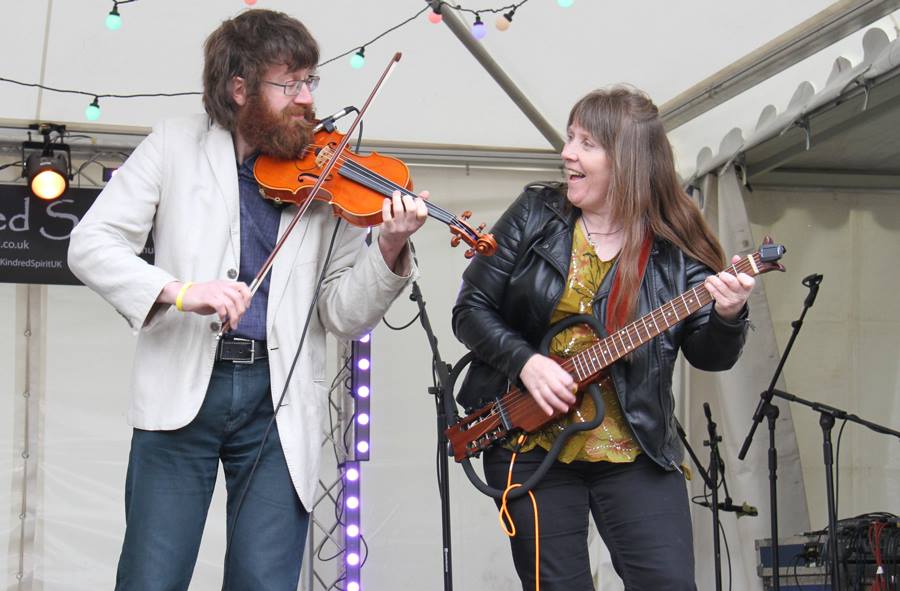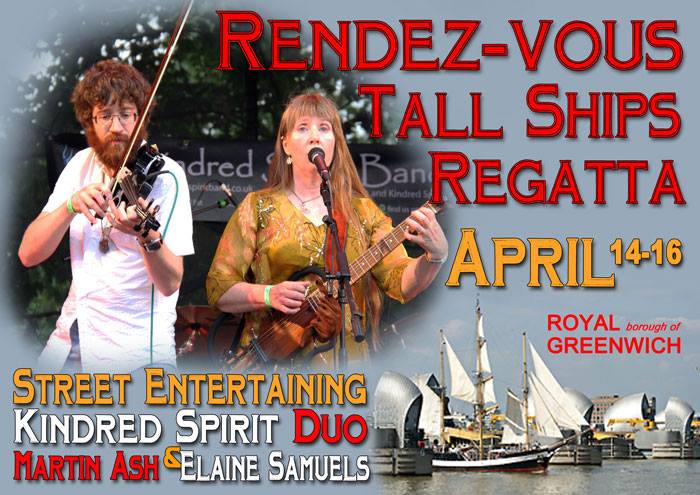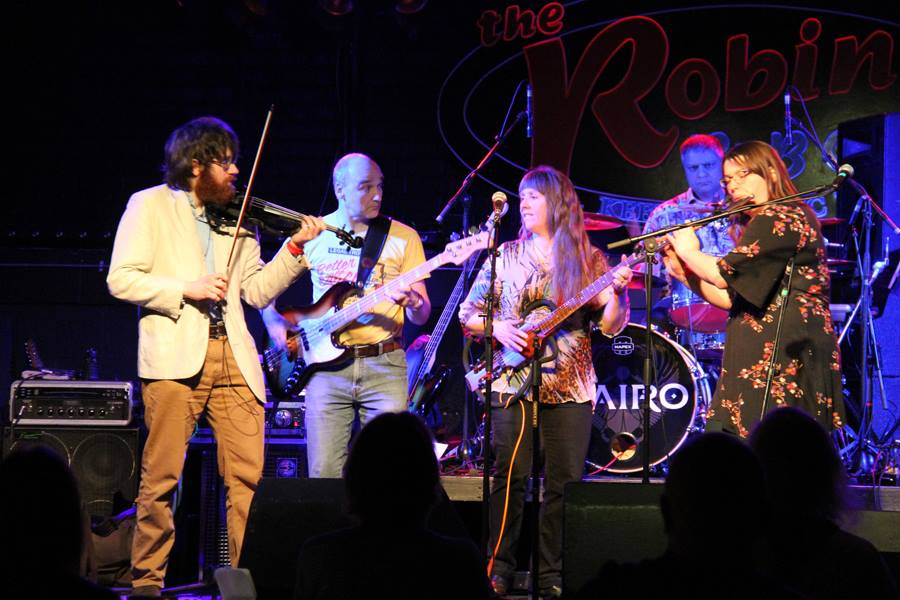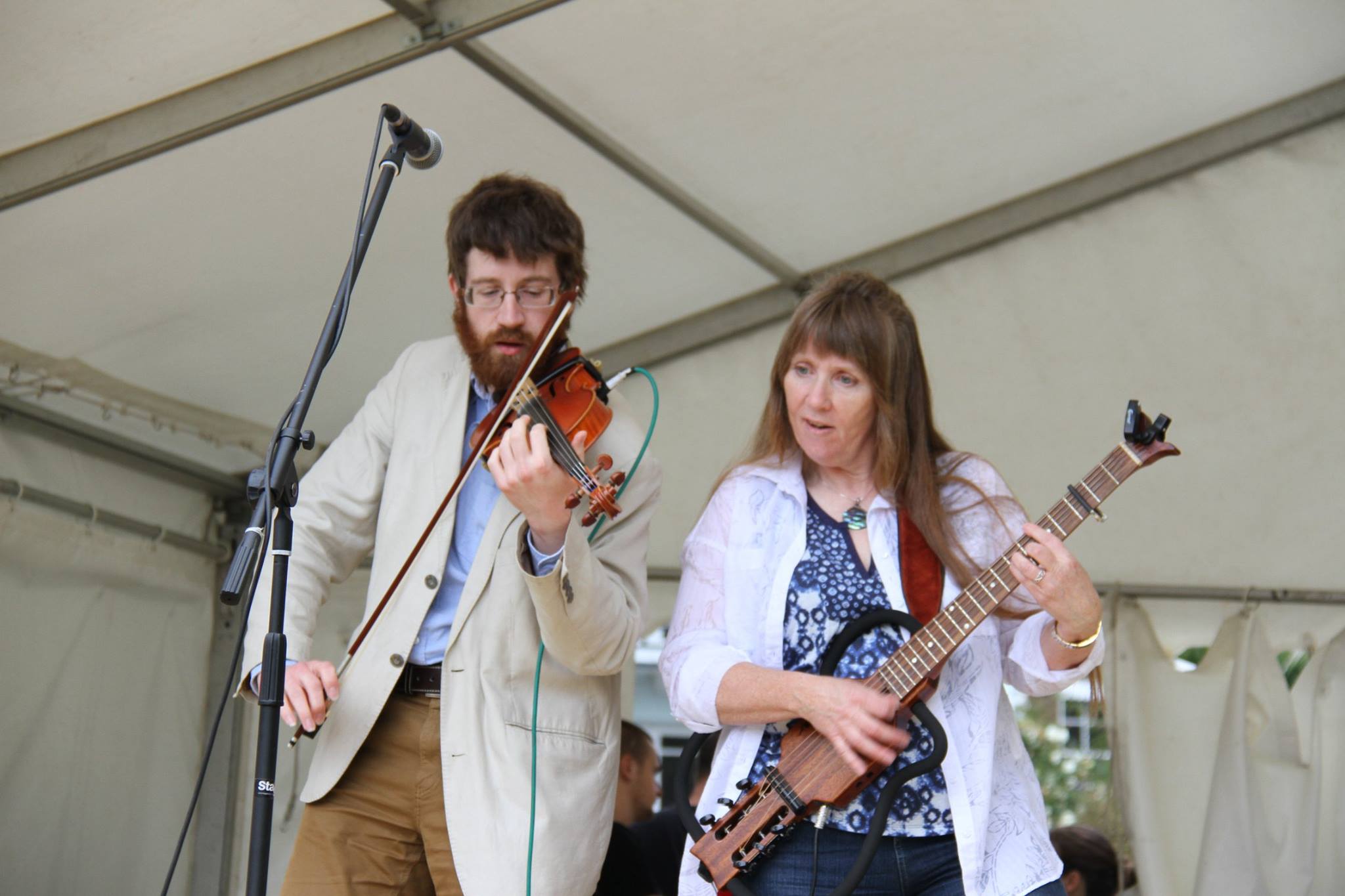Partly because getting hired for two consecutive concerts in the same negotiation is being in for the long haul if you’re a working musician bumping amateur orchestra sections. So I’ll be back with the St Giles Orchestra next weekend, though for a more unusual event.
Also because last night’s concert, while in many ways excellent, was definitely an endurance event not a sprint! – perhaps particularly so for the strings. The programme went as follows:
Wagner: Entrance of the Gods into Valhalla, from Das Rheingold
Bizet: Suites 1 and 2 from Carmen (some movements done as the original soprano arias rather than instrumental transcriptions)
Shostakovich: Suite for Variety Orchestra (the work that used to be wrongly known as Jazz Suite no. 2)
Wagner: Brunnhilde’s Immolation and Finale, from Gotterdammerung
(I apologise for my unwillingness to input umlauts to a web text interface on Sunday afternoons)
I hadn’t really processed in advance that the first Wagner excerpt there is the length of a decent overture, and the second is a good solid 20 minutes. (For the uninitiated, whatever your aesthetic opinion of Wagner, his music is almost always unremitting hard work for the string players, who are sustaining the core texture of that monumental sound almost throughout, whether it is as quite as possible or deafeningly intense – and of course the tendency is to shift from one to the other rapidly most of the time) The second Carmen suite is rarely performed, and the two together take you up to something like a dozen sections, though they are all quite short.
The same could be said of the Shostakovich, with its dance-styled movements (more respectable early 20th century, waltzes and polkas, than the jazz with which it has been mistakenly associated (chiefly a case of mistaken manuscript identity!)) tending to come to between two and six minutes – but there are eight of them. The strings swap between oom-pah accompaniment (on occasionally startling chords, though less so than most Shostakovich ersatz dance music), quite lyrical melodies and running countermelody figures. Unfortunately, for reasons which the violas swapped educated guesses about in the breaks, the violas almost always double the second violins. At the same octave. Cue much reading of treble clef ledger lines, muttered swearing and myself occasionally either wishing I’d brought my violin along or forgetting which instrument I was holding. An interesting consequence of playing music which is still in copyright and therefore can’t be found in sheet form on the internet, and of paid bumpers never usually doing more than the final rehearsal and the concert (of course, all professionals are so much better than all amateurs that we raise the standard automatically on about as much rehearsal time as performance. No, this is not my poker face. No, I am not rather mediocre at poker, how dare you.). Suffice to say I was glad of a long break between rehearsal and concert, about half of which became practice time so that I could follow the high runs properly on the second time through, better known as the performance … right note reached about three times more often.
Whatever tribulations of some of the players though, we had a packed house (I think having a balcony in the venue easily compensates for the space taken up by a Wagnerian orchestra … ) and an appropriately monumental sound. Credit also to soprano Mary Pope – you can usually judge quite accurately whether a singer is handling Romantic grand opera by how clearly you can hear them from the orchestral string section, which is of course behind the singer. Very clearly in this instance!
As mentioned above, I will be back with this group next weekend – Sunday 7 May, to be precise, for a conducting masterclass at Radley College. Apparently the whole thing is open to the public if you really enjoy watching the musical process in action! For the rest of us, Dvorak’s rarely-heard fourth symphony and the much more often heard first Carmen suite will be performed between 5 and 6pm, followed by adjudication and results. After which I can start preparing for the two orchestral concerts I’m doing the weekend after that (with different ensembles).
Like I said, I’m in this for the long haul.



